
The grandiose architecture of ancient empires has long fascinated historians, architects, and tourists alike. These colossal structures not only symbolize the pinnacle of human ingenuity but also provide us with deep insights into the cultural and religious values of their creators. From the pyramids of Egypt to the majestic temples of the Aztecs, each empire left behind a unique architectural legacy that continues to inspire awe and wonder.
The ancient world was characterized by powerful empires that spanned vast territories. At the heart of their dominion were architectural endeavors that showcased their power, wealth, and technological prowess. In this article, we will delve into some of these architectural wonders, unraveling the mysteries behind their construction and the stories they tell us today.
The Egyptian Pyramids: Monuments of Eternity
No discussion of ancient architecture is complete without mentioning the Egyptian pyramids. Built as tombs for pharaohs, these pyramids are engineering marvels of their time. The Great Pyramid of Giza, one of the Seven Wonders of the Ancient World, embodies the peak of pyramid construction.
Each block of the pyramids weighs several tons, yet the Egyptians managed to transport and stack them with incredible precision. The alignment and construction techniques remain a source of intrigue for modern engineers and archaeologists.
The Ancient Roman Coliseum: Arena of the People
The Roman Empire was known for its advances in engineering and architecture, with the Coliseum standing as a testament to their architectural genius. This massive amphitheater, capable of seating over 50,000 spectators, was a stage for gladiatorial combat and public spectacles.
The Coliseum’s design, featuring a complex network of vaults and arches, enabled it to withstand the test of time, making it one of Rome’s iconic landmarks. It also played a crucial role in the social life of the Roman Empire, where citizens gathered for entertainment and to witness grand displays of skill and bravery.
The Mayan Tikal: A City of Temples
Moving across continents, the ancient Mayans constructed Tikal in modern-day Guatemala. It was one of the largest and most powerful cities of the ancient Mayan civilization. The city is renowned for its stepped pyramids and ceremonial architecture.
The Temple of the Grand Jaguar and Temple IV are remarkable for their height and artistic carvings. These structures were not just places of worship; they were sophisticated observatories aligned with astronomical events, demonstrating the Mayans’ advanced understanding of celestial movements.
Architectural Syncretism in the Mughal Empire
The Mughal Empire, which stretched across much of the Indian subcontinent, is famed for its architectural syncretism. The Taj Mahal in Agra, a UNESCO World Heritage site, exemplifies the blend of Islamic, Persian, and Indian architectural styles.
Built by Emperor Shah Jahan in memory of his wife Mumtaz Mahal, the white marble mausoleum combines symmetry, intricate inlay work, and lush gardens to create one of the most beautiful buildings in the world. Its onion-shaped domes and towering minarets reflect the architectural prowess of the Mughal era.
The Aztec Templo Mayor: Center of the Universe
The Aztecs dominated the region of modern-day Mexico, and their capital city, Tenochtitlán, housed the Templo Mayor. It served as the religious and cultural heart of the Aztec world.
This double temple, dedicated to the gods Huitzilopochtli and Tlaloc, symbolizes the duality of celestial and earthly powers. The Aztecs believed that building such a temple established their connection between the heavens and the underworld, placing the Templo Mayor at the center of the universe.
Conclusion: Architectural Legacy of Empires
These architectural wonders symbolize the zenith of human creativity and the insatiable quest for immortality. They serve not only as historical monuments but also as a cultural legacy that continues to inspire generations. Through exploring these ancient structures, we gain a richer understanding of the civilizations that came before us and their contributions to the modern world.
As we continue to uncover the secrets and stories hidden within these architectural marvels, we deepen our appreciation for the achievements of past empires and reflect on how modern architecture echoes their timeless beauty.
The grandiose architecture of ancient empires has long fascinated historians, architects, and tourists alike. These colossal structures not only symbolize the pinnacle of human ingenuity but also provide us with deep insights into the cultural and religious values of their creators. 
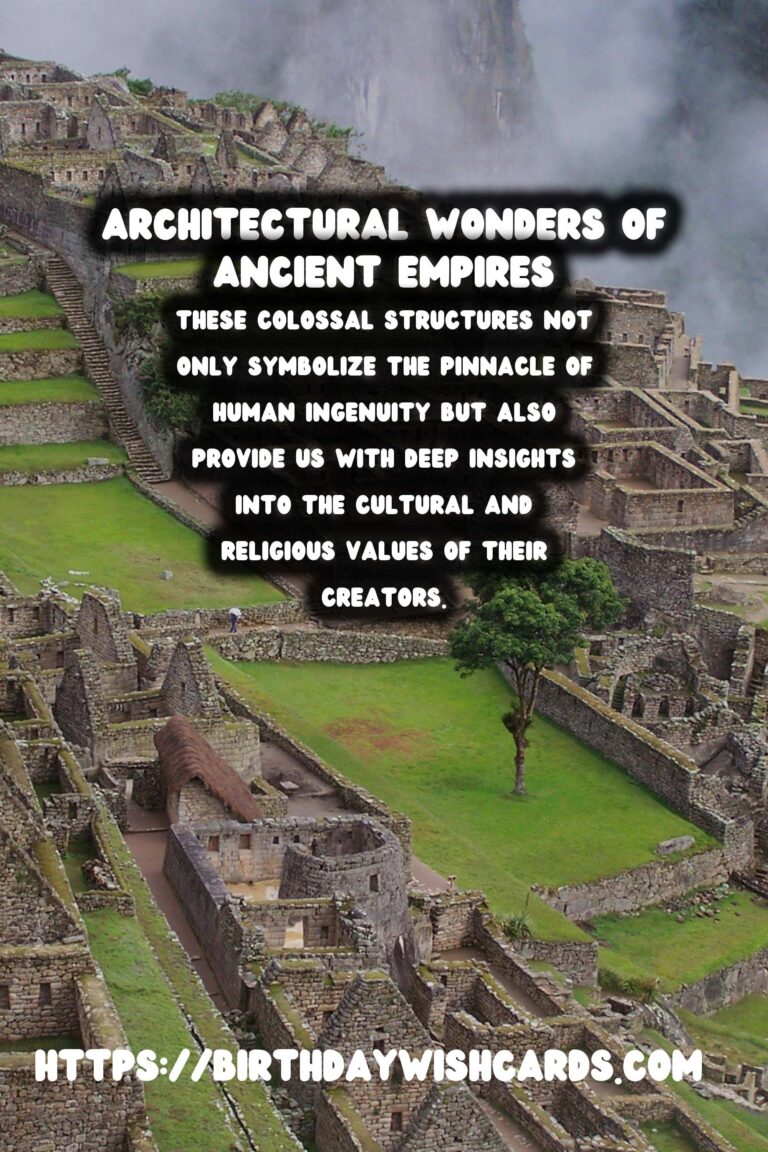
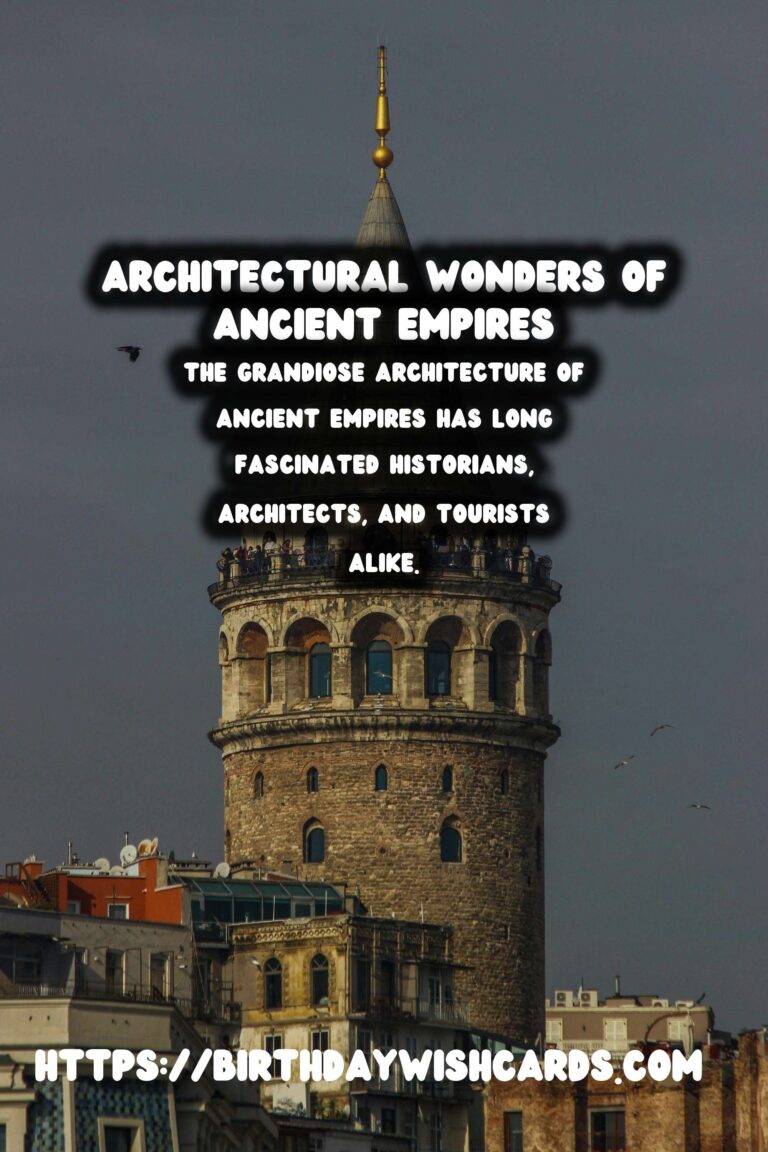
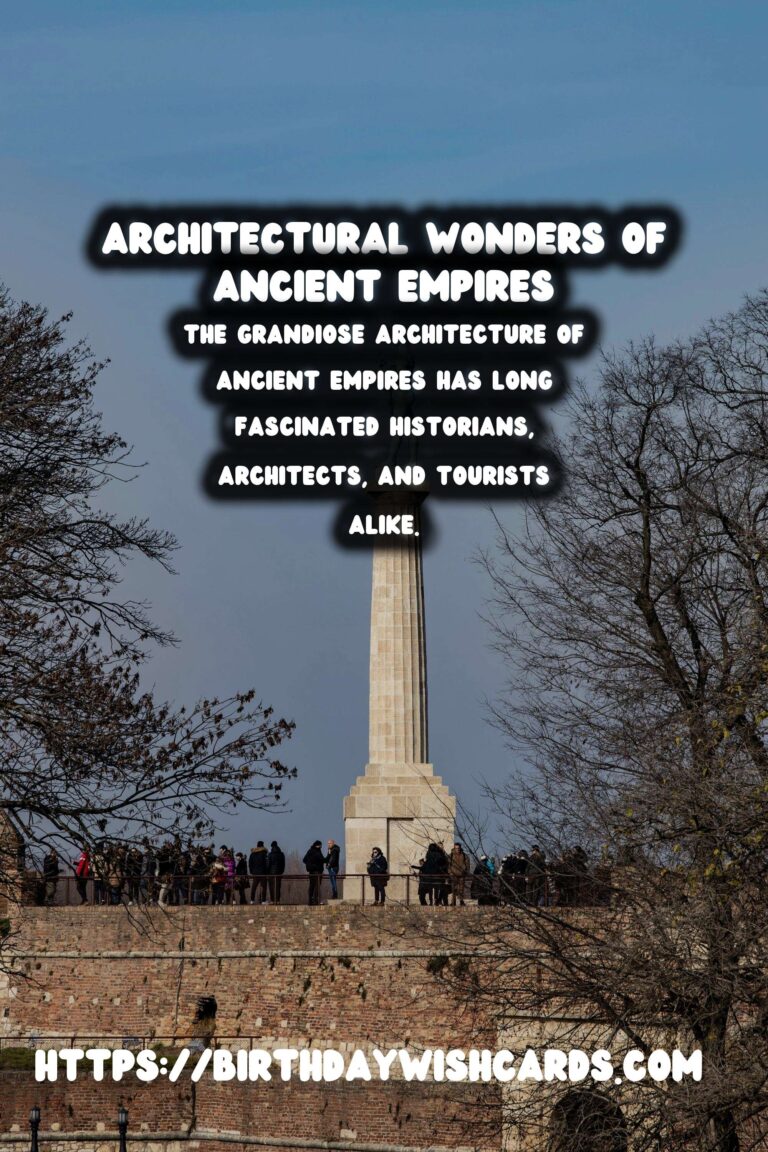
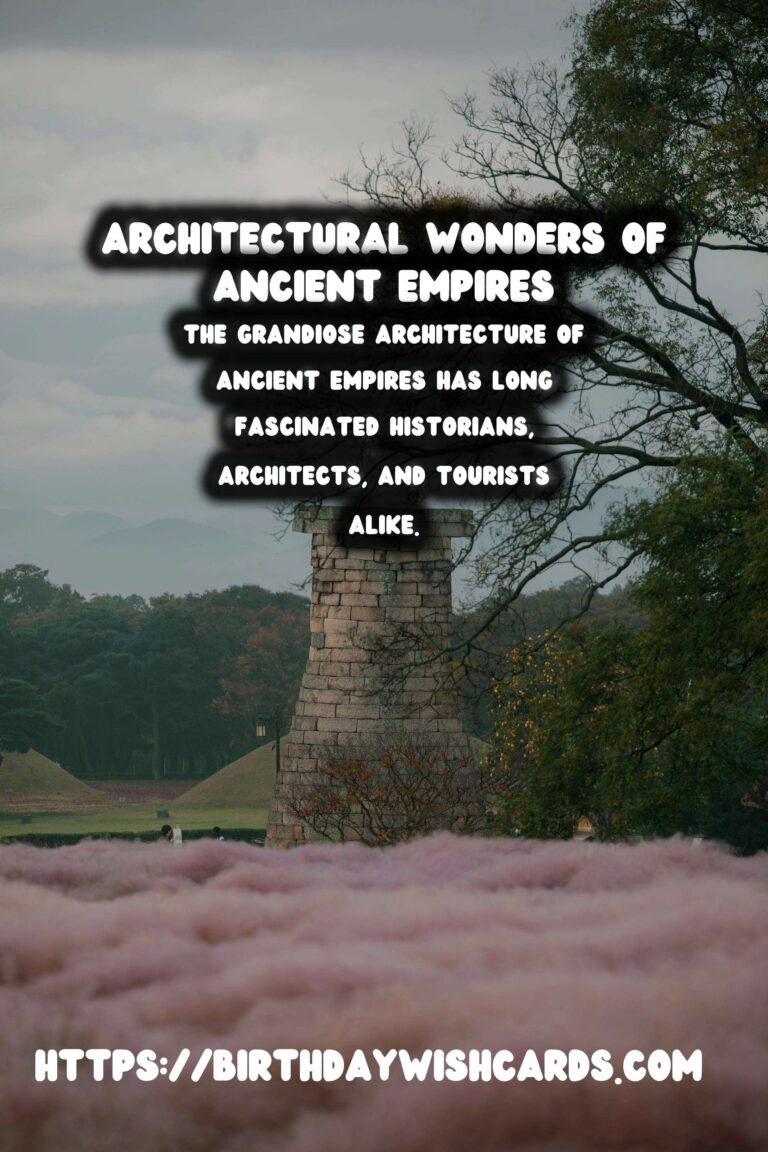
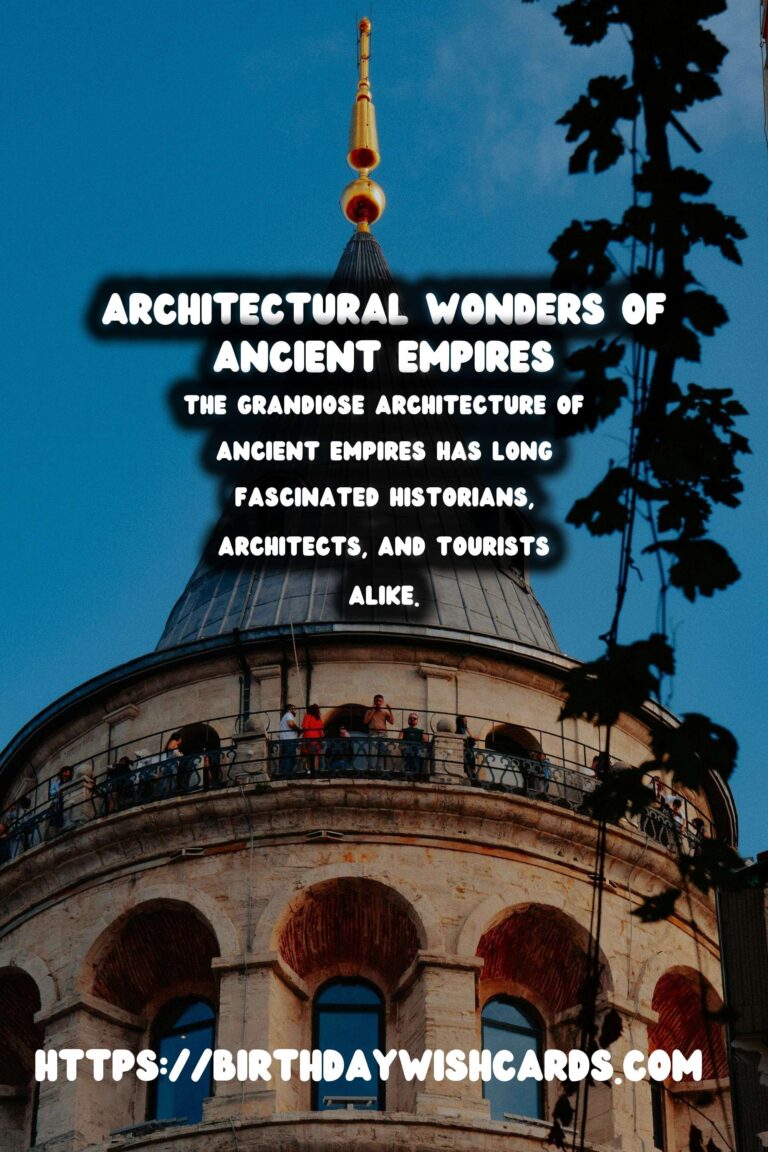
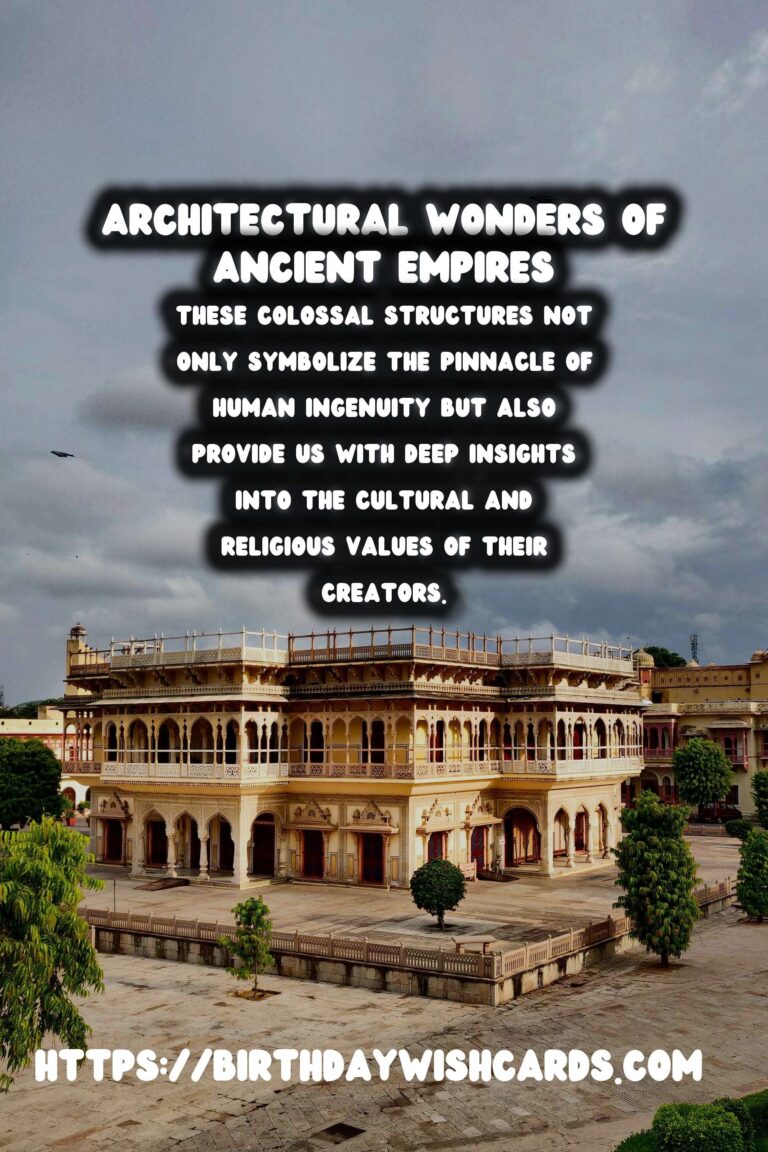
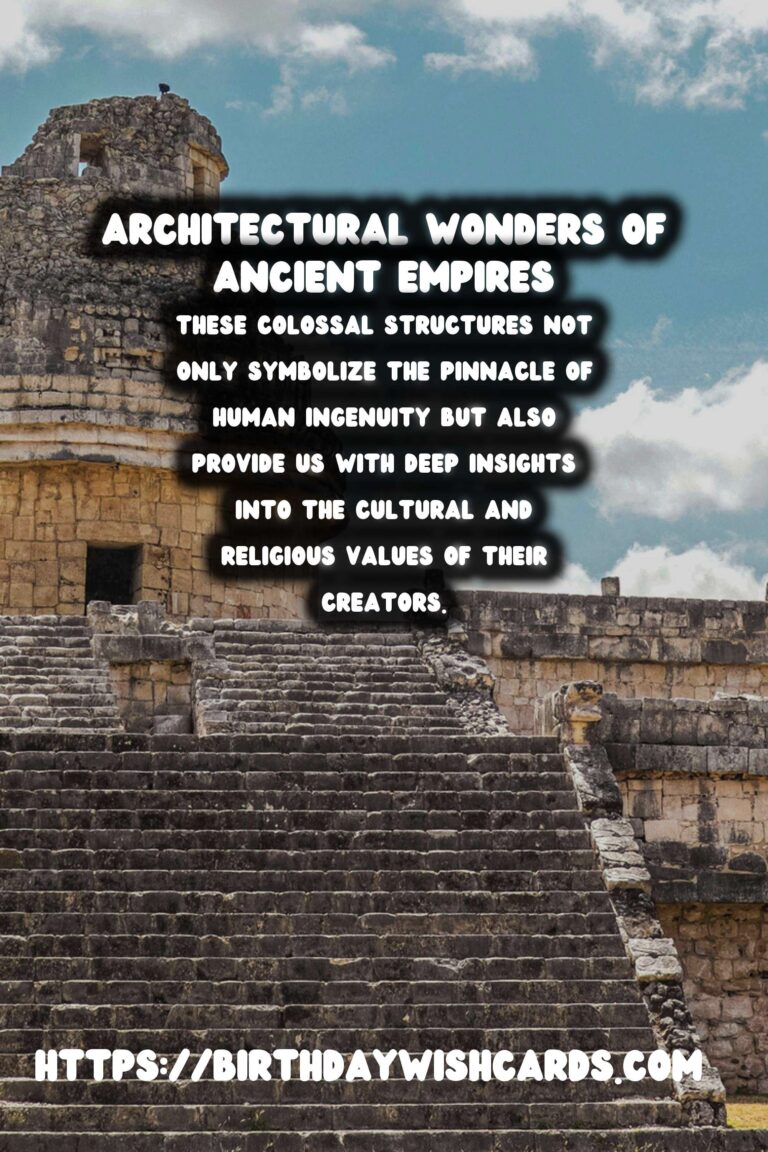
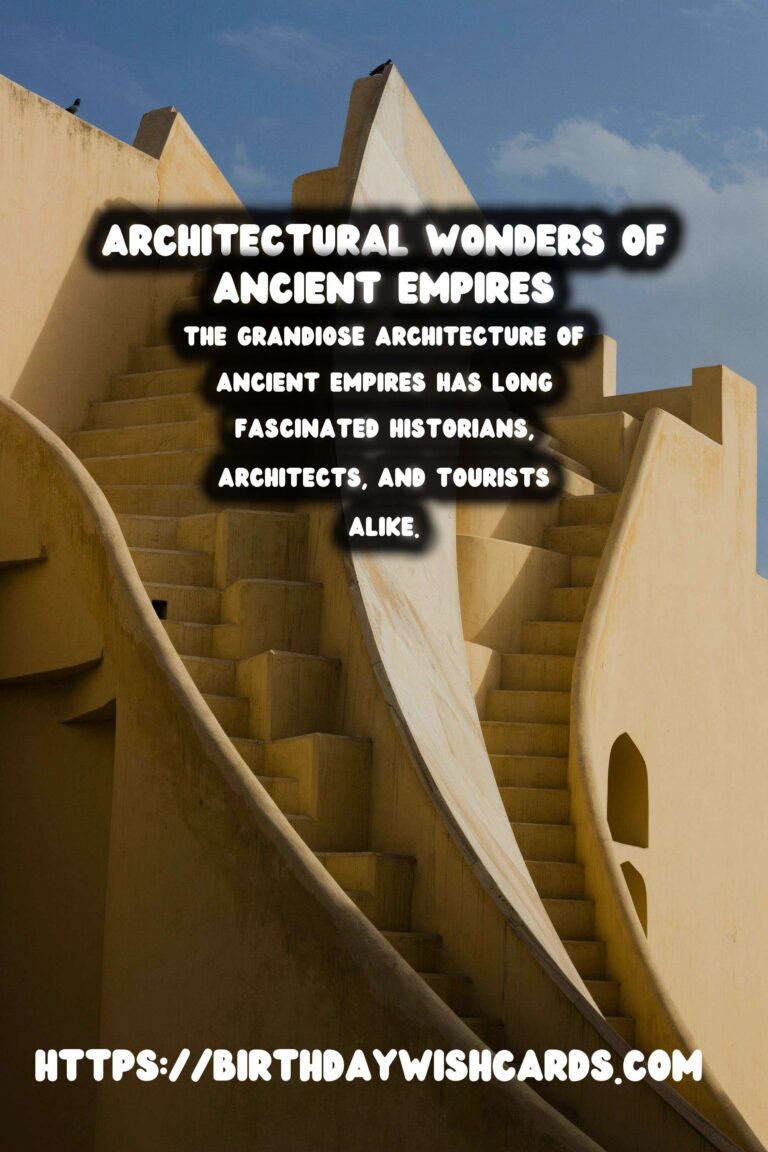
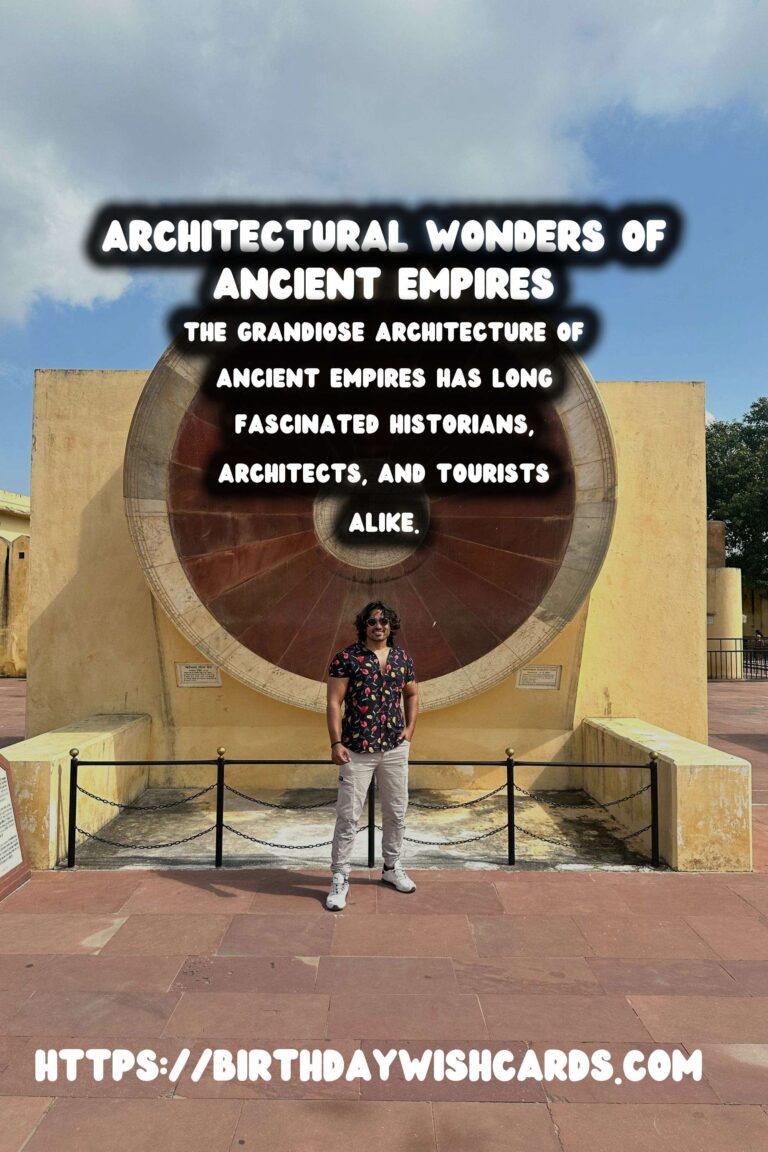
#AncientArchitecture #HistoricEmpires




